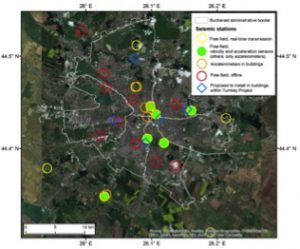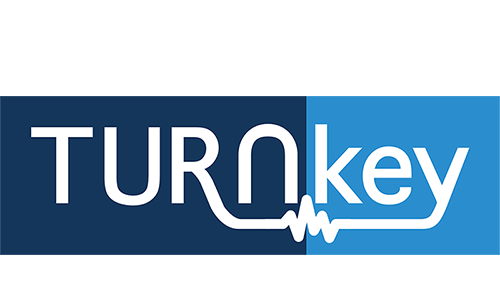
Testbed, Partners:
TB-1 – Bucharest, Romania – INFP (YET, GMP, UIce, NOR)
Area:
228 km2
Affected population:
2,500,000
General building stock inventory:
Available.
Existing infrastructure:
Roads, bridges, hospitals.
Key stakeholders:
Municipality of Bucharest; Institute of Atomic Physics, Townhall Margurele; Gen. Inspectorate for Emergency Situations.
Existing Sensor networks:
Romanian Seismic Network (155 broadband/short-period seismometers and accelerometers, 2 seismic arrays), Bucharest building seismic network (5 buildings monitored, each with at least 2 sensors; INFP), GNSS/GPS Real-Time Network (with 27 GNSS stations; INFP).
TB-setting and seismic hazard:
Bucharest, the capital of Romania, with more than 2 million inhabitants, is considered the second most earthquake-endangered metropolis in Europe, after Istanbul, Turkey. The most recent destructive earthquake that hit Bucharest was in 4th March 1977, causing about 1.400 casualties in the capital alone.
During TURNkey:
15 TURNkey multisensor units (15 accelerometric sensors and 5 GNSS sensors) will be deployed in 5 building types representing 3 different generations of earthquake resistant design codes, for structural response studies to understand how design evolved over a period of 80 years and how different types of buildings are at risk.
Instrumentation

TB-1 – Bucharest: Map showing the existing seismic network stations in Bucharest and five locations proposed for installing sensors in buildings.
